After breakfast, pick you up at the hotel and transfer to visit Wat Nong Wang with a view on the lake and the city of Khon Kaen.
Wat Nong Wang – was built under the direction of the first Governor of Khon Kaen in 1793, early in the city’s history. The temple sits on about 11 rai of land. Phra Mahathat Kaen Nakhon is situated next to the original temple grounds. It was built to celebrate the 50th year of the king on the throne and the 200th anniversary of Khon Kaen. The structure is 80 meters tall and contains 9 levels. Doors and windows are elaborately carved, depicting scenes from the life of the Buddha and former reincarnations. Murals within the stupa depict the history of the town. Various important sculpture and documents are on display throughout the first 8 levels. The top,9th level houses relics of Buddha.
After that, road to Phu Phra Bat Historical Park – located 42 km northwest of Udon, covers a vast area at the foot of Phu Phan hill and comprises several places of interest within long and short waking distances. The park contains pre-historic caves paintings, Lopburi Bodhisattvas, Lang Chan Buddha image and a stupa to shelter a Buddha footprint. Fragments of boundary stones and a Buddha’s image of Dvaravati style carved out of sandstone had also been discovered at rock shelters of Wat Pho Ta and Wat Luk Khoei within the park. Take time to visit the park with strange rock formations, prehistoric mural paintings etc.
Enjoy your lunch time at local restaurant on your own and continue to Udon Thani.
Udon Thani was once an important US military base during the Vietnam War; so it retains reminders of that time, with bars, coffee shops, and hotels. Today, there are a large number of retired US servicemen who have settled there. There is also an Udon branch of the US veterans of foreign war association, along with a relay station of VOA. The main reason to come to Udon Thani is its access to Thailand’s premier Bronze Age excavation at Ban Chiang, the world-renowned archaeological site. Ban Chiang is located 47 km east of Udon’s city centre. Although there is little attraction to see in the city for most travelers, there are a few quite interesting temples.
Accommodation in Udonthani
Day 4: Udon Thani – Baan Chiang – Sakon Nakhon – Nakhon Phanom (B/-/-)
In the morning after breakfast time, departure Udon Thani to Baan Chiang – visit the site Ban Chiang, who was appointed in 1992 by UNESCO as world cultural heritage, and it was the interesting old artefacts are from the Asian crafts and culture. The region is particularly known for its beautiful ceramics and the various small art objects out of clay, stone and animal bones.
Continue to Sakhon Nakhon and visit Phra That Narai Cheng Weng – is located at Amphur Muang Sakon Nakhon Province, the stupa is built from sandstone on a laterite base and carved beautifully. Its lintel features Lord Krisna killing Lion in Bapuan Khmer art. The art appearing on this stupa is quite similar to many other Khmer ruins found in Isan. This khmer sanctuary is 5 kilometres from town on the way to Udon Thani. The sandstone pagoda is on a laterite base. Ornate designs adorn the lintel, doorway and windows. It is believed the site was entirely constructed by women who competed with the men who built Phra That Phu Pek. It dates from the 16th-17th Buddhist century.
Then transfer you to visit Phra That Choeng Chum – a historical site that has always been with Sakon Nakhon. This plaster-covered brick pagoda has a square base and is 24 meters high. The chapel houses the holy Luang Pho Ong Saen. Enjoy your lunch at local restaurant on your own. After lunch time, road to Nakhon Phanom and then take a long tailed boat along the Mekong River with the view on the mountains of Laos. After boat trip, transfer you to hotel in Nakhon Phanom.
Accommodation in Nakhon Phanom
Day 5: Nakhon Phanom – Mukdahan – Khong Jiam (B/-/-)
After breakfast, drive a few kilometers from the Nakhon Phanom city to visit the village of Najok where Ho Chi Minh resided for seven years. Tour his former house and stroll through this unique village whose residents are of Vietnamese origin. Visit the “House of Ho Chi Minh” in Najok Village of Nakhon Phanom, a Thai village with Vietnamese roots. This place is historically very important, for here lived President Ho Chi Minh total of 7 years (1924-1931). During this time he was leader of the resistance movement against the French.
Then continue to Mukdahan, on the way visit Wat Phra That Phanom – the sacred precinct of the Phra That Phanom chedi, located in the district of the same name, in the southern part of Nakhon Phanom Province, northeastern Thailand. According to legend, this structure contains The Buddha s breast bone, and as such, it is one of the most important Theravada Buddhist structures in the region. It was originally built in the 16th century by the Laotian King Setthathirath of Lanxang. Each year, a festival is held in That Phanom to honor the temple. This festival last for one week, during which thousands of people make pilgrimages to honor the shrine.
Arrival Mukdahan visit the Indochina Market, located in the centre of the town, is a famous trading center for local produced goods like hand-woven mudmee silk, the pha khao ma cloth and the Knit triangular pillow, and attracts customers from all over Isaan. The Indochina Market is also the place to go to get products produced in countries like Laos, Vietnam, Cambodia and China. Then enjoy your lunch time at local restaurant on your own.
After that, drive to Khong Jiam where next to Mekong opposite Laos. Khong Jiam is the easternmost district of Ubon Ratchathani Province of Thailand. It is a nice place to go sightseeing at Mae Nam Song Si or the bicolour river where the Mekhong and Mun Rivers meet. In addition, Khong Chiam can be used as a base to visit the other sights in this easternmost area of Thailand, eg Pha Taem, Kaeng Sapu and Kaeng Tana National Park.
Accommodation in Khong Jeam
Day 6: Khong Jiam – Khao Phra Viharn (This may not open for tourist)– Surin (B/-/-)
In the morning, road to Khao Phra Viharn National Park (Preah Vihear Temple)** This place may not open for tourist **- a protected natural area in Sisaket Province, Thailand, that contains numerous ruins of the 11th century Khmer Empire. Prasat Khao Phra Vihan is a beautiful monument on Phanom Donglak Mountian ramnge, which puts up a fence between Thailand and Cambodia. Main attractions are the remains of Khmer temple and the related spots, caves and waterfalls and the border market between Thailand and Cambodia.Then have lunch at local restaurant on your own.
In the afternoon, transfer you to Surin. On the way, stop visit the Khmer temple at Prasat Sikornphum or Prasat Ra-Ngang. It is the most beautiful place of worship in Surin province, and it is built in the Hindu style. This place of worship is consisted with five pagodas. All of the pagodas were made of sandstone and laterite. Then continue to Surin city, if time permits visit Buthom Basketry village – this village is at Tambon Muang Thi on the Surin-Si Khoraphum road at Km. 14-15. When villagers are not harvesting, they make basketry from rattan to sell as household items and souvenirs. Arrival in Surin and check in at hotel.
Accommodation in Surin
Day 7: Baan Ta Klang Elephant Village (B/-/-)
In the morning after breakfast time, transfer you to Baan Ta Klang Elephant Village – located in the ancient Kui village, where elephants have been raised for hundreds of years since the time when their ancestors settled down in the dry evergreen forest. This area had an abundance of food for the retired war elephants, which were earlier sent to Ayutthaya as tax in kind instead of being conscripted. Surin province is known worldwide for its annual elephant’s festivals that attract many visitors from around the world. There are also elephant rides available so you can view and experience Thailand the way it was
Enjoy seeing the elephant show and visit the elephant museum – see the history and story about elephant in Thailand. Then optional elephant riding on your own. Enjoy your lunch time in Baan Ta Klang Elephant Village and then transfer back to your hotel.
Accommodation in Surin
Day 8: Surin – Phanom Rung – Muang Tham – Korat (B/-/-)
Visit the Queen Sirikit Sericulture Center (closed on Sunday) – Here you had the opportunity to see silkworm breeding and silk cloth making. Then a few kilometers from there to visit Ban Tha Sawang village – located in Tuambon Tha Sawang, the village has a weaving plant in ancient style. Silk woven here is produced from very fine thread of silk, dyed naturally, and woven with delicate pattern from the past.
The village produces also ancient style cloth called Pha Yok Thong, which is woven from pure silver line and golden-coloured silk. And after that, stop to visit Ban Phluang, small Khmer temple built around the 16th-17th Buddhist century. This small sanctuary has very detailed designs. The site is 4 pagodas on a rectangular laterite base. Each pagoda is square and made of sandstone with floral and human figure designs. Ban Phluang sanctuary is at Km. 32 on the Surin-Prasat-Kap Choeng road.
Continue to Muang Tham – a group of religious houses of Khmer. It consists of five stupas made of brick located on the same base, surrounded by two leveled walls. Archways are placed at the four sides of these walls, they were all made from sandstone and were exquisitely carved. The two walls parallel each other and thus produce a gallery called “Rabiang Khod”, whereas reliefs sculpted on the outer wall and on the archways tell stories concerning Hinduism. Then enjoy your lunch time at local restaurant on your own.
After lunch, transfer you to visit Phanom Rung Historical Park – the one of the most diverse national parks and certainly one of the most important and most visited Khmer sites in Thailand. Based on Phanom Rung Hill, an extinct volcano that forms a gentle arc across the horizon, the park houses the largest number of Khmer monuments in Thailand. The whole site has been brought back to its full glory after nearly two decades of restoration and the result is extremely impressive. Then road to Korat for relax.
Accommodation in Korat
Day 9: Korat – Jed Sao Noi Waterfalls – Bangkok (B/-/-)
Morning, pick you up at the hotel and drive to south of Korat for visiting the pottery village of Dan Kwian – a famous village making unique ceramics and pottery. The ceramics are made of black bronzed clay coming from Mun River, and those are fine, lasting, and applicable. Dan Kwian’s ceramics are famous in the whole Thailand and even sell them in Chiang Mai, Bangkok and export them worldwide.
Then transfer you back to Bangkok. On the way, enjoy your trip with Jed Sao Noi Waterfall,9 tiers waterfall, is nestled amongst lush tropical foliage, and alongside a gently flowing stream, in Muaklek district. The natural splendor makes Thailand visitors from all over the country, and beyond come to visit. The rolling countryside is filled with a wide variety of plants and flowers, many species of birds and wildlife, fresh streams, and soothing waterfalls.
After that road to Bangkok, arrive in Bangkok around noon and transfer to your hotel or to airport.
Accommodation in none
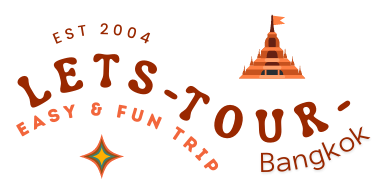






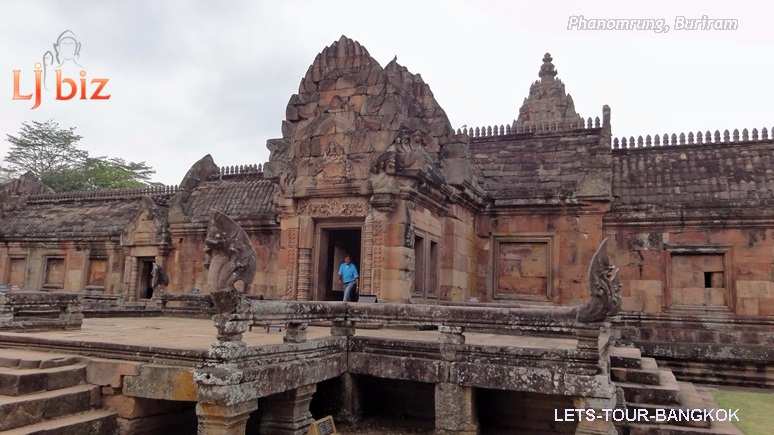





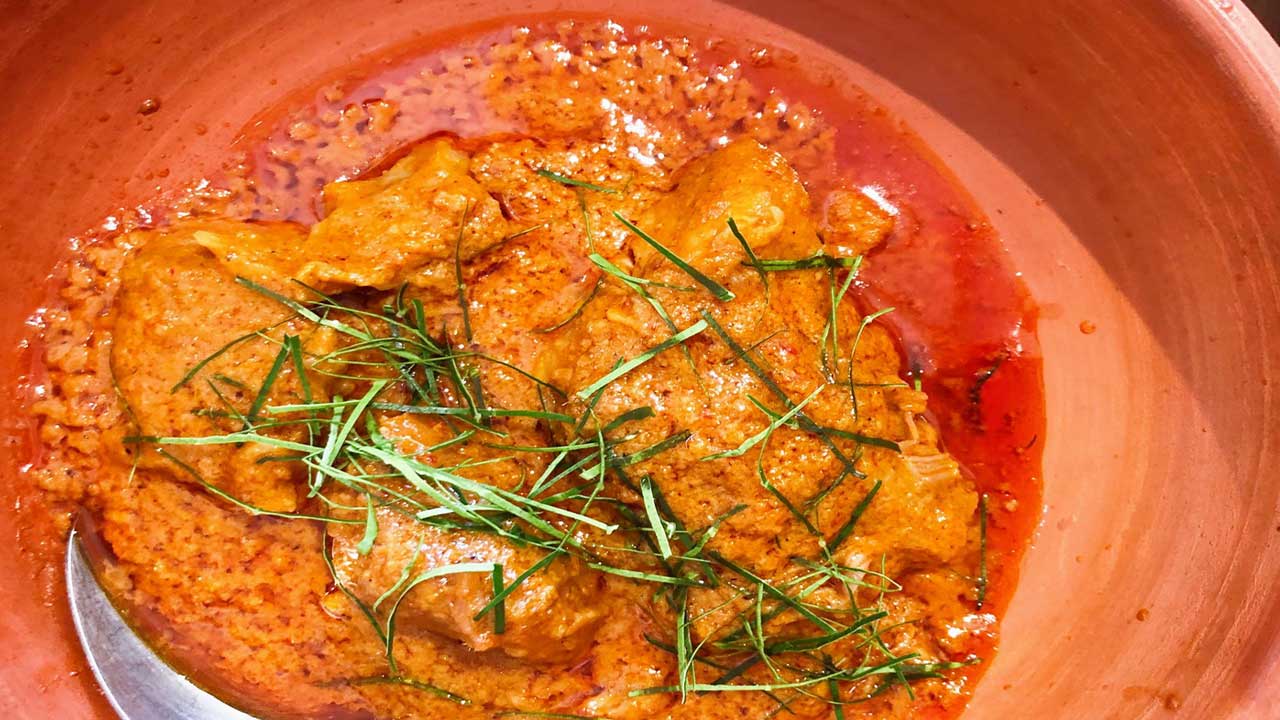
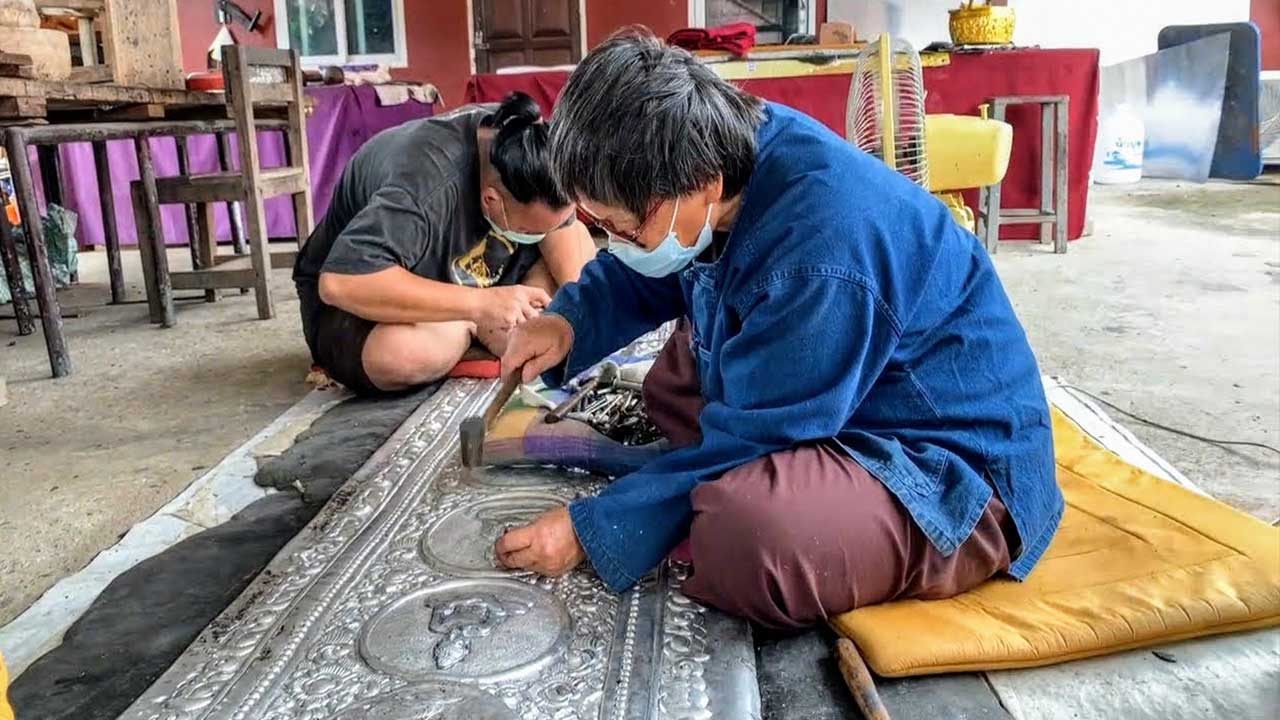
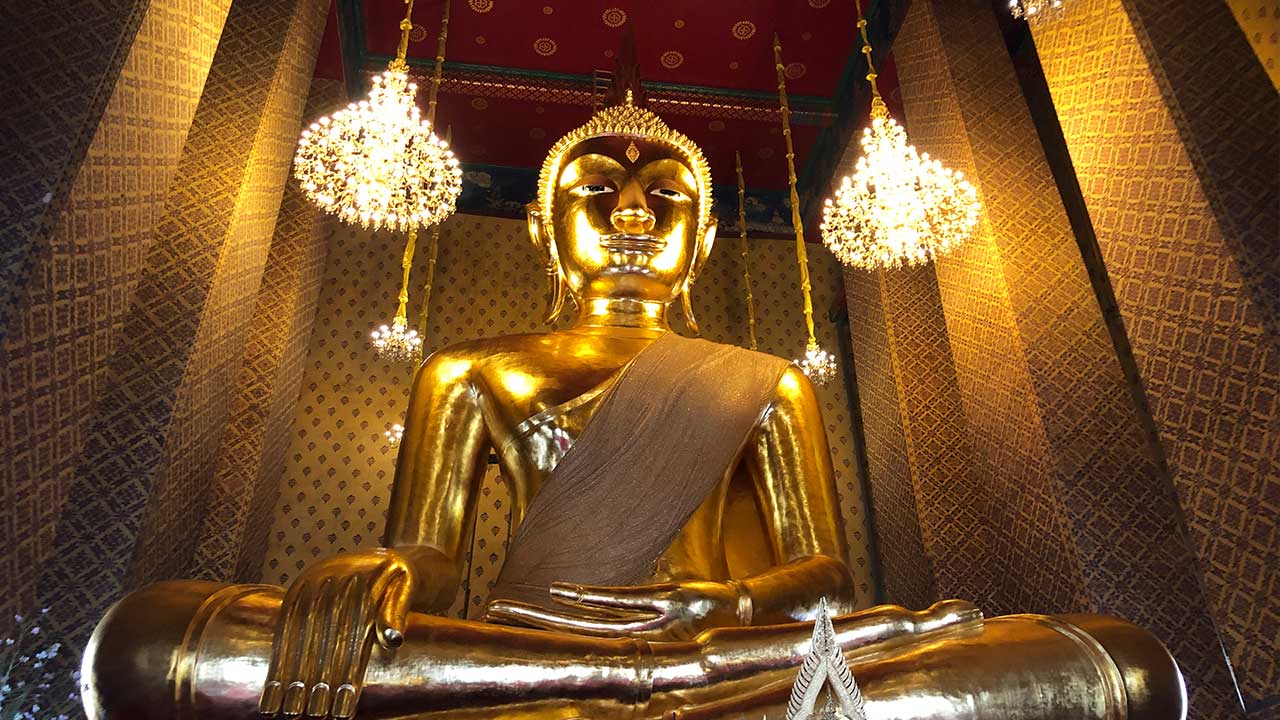
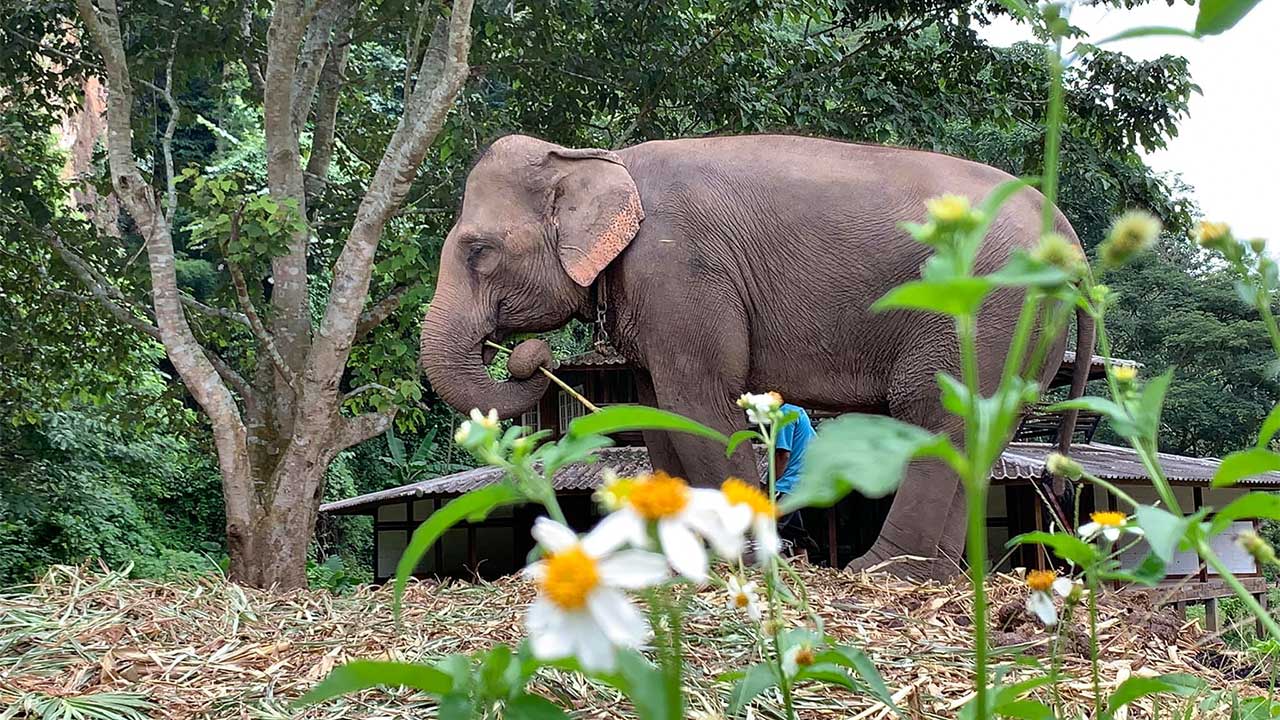
Reviews
There are no reviews yet.